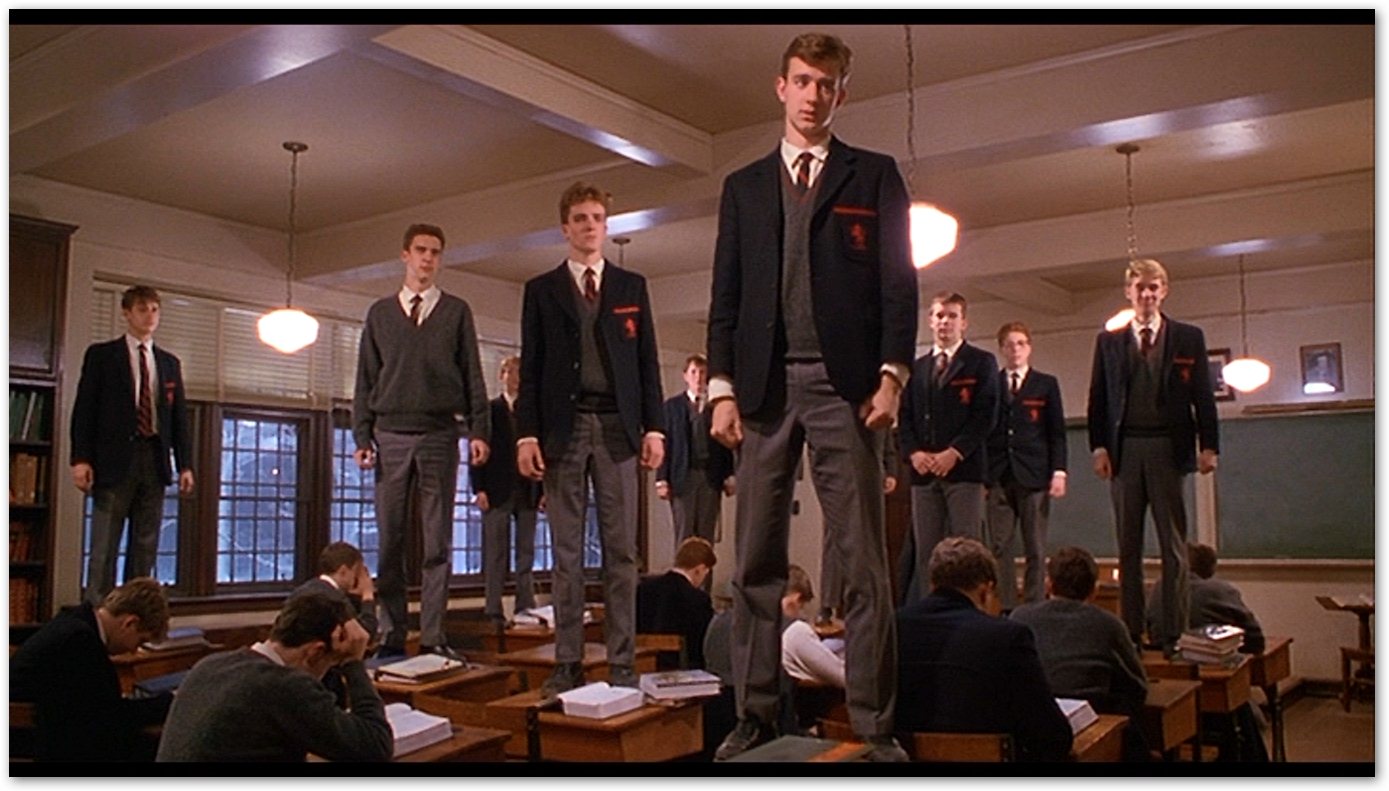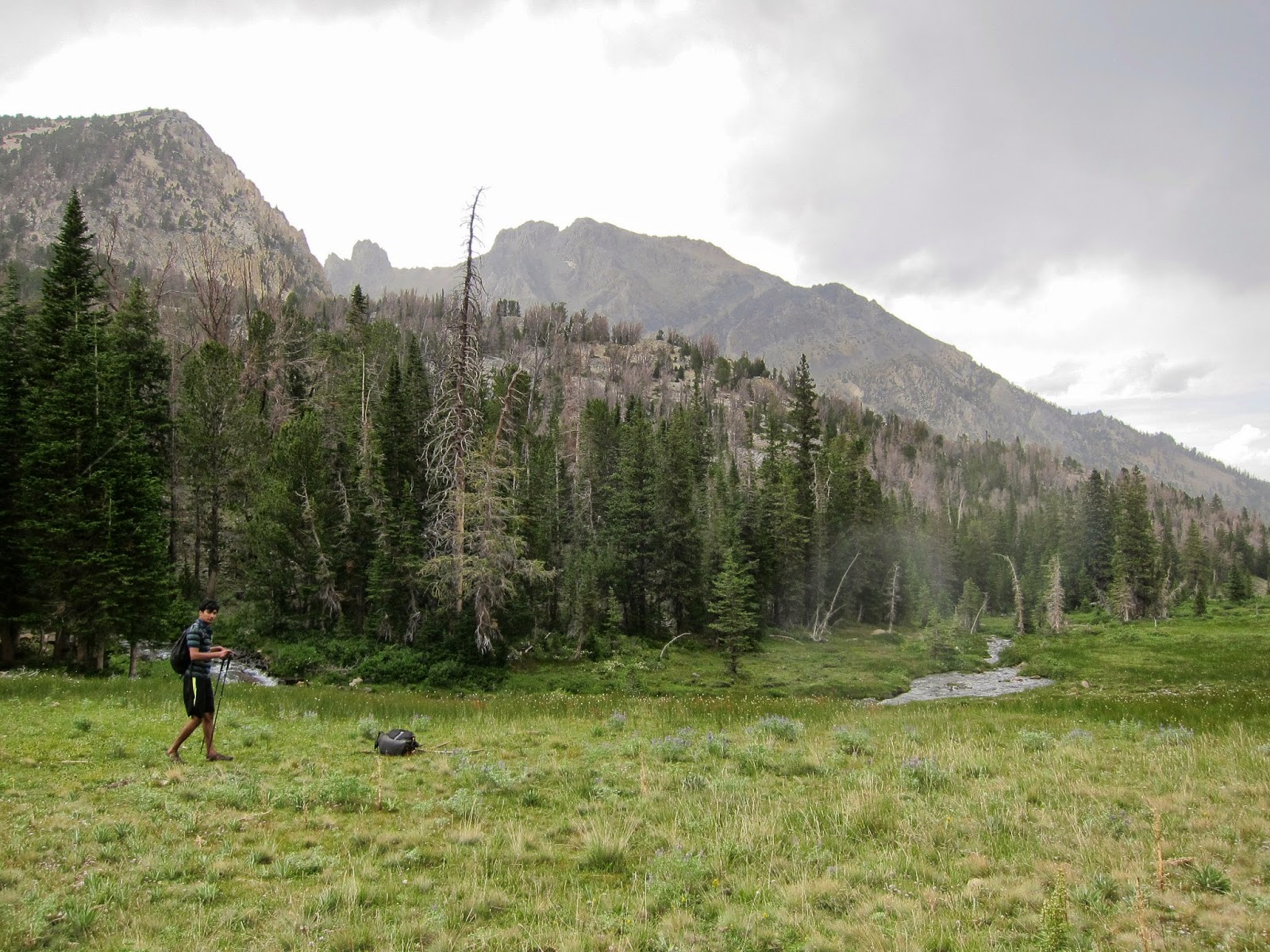Is Jan lokpal the answer to widespread corruption in India today? One might argue "this is how work gets done in India. People work if there is a sword hanging around their necks". Besides, Jan Lokpal is more than just a bill. It is a huge momentum with which the civil society is trying to reach a corrupt-free Indian society.
Unfortunately as justified as this goal is, and as lucrative as the Jan Lokpal bill sounds, it will not get us there! Questions still exists on:
1. Approx. how many officials will be part of the Lokpal office to handle over 2 crore government officials? How do we find so many non-corruptible people? I know we are speaking of self regulation and ability of a citizen to complaint against a member of the Lokpal or it's decision. But when the police doesn't act against police and judges don't act against judges (when provisions are in place), why will a Lokpal member act against a Lokpal member?
2. In the case of most whistleblower cases, it will be one whistleblower against a complete nexus. This will often end up with the nexus drying the whistleblower's evidences up and will finally lead to the whistleblower's word against the nexuses words in court. What will the Lokpal do then?
3. It is not clear what happens to the whistleblower's protection after the case is over?
4. It is not clear how the Lokpal will handle petty cases. Say for example, I go to the Lokpal and say policeman X asked for a bribe from me. The Lokpal will have no way to help me as it will be my word against the policeman's word! If it still takes days to provide justice, it will still stay lucrative for a lot of people to pay 50-100 bucks and be done with it! Won't it?
5. The Lokpal's office has to work within the ambit of the same law of the land. The proposed way to speed up judgement specifies setting up of more special courts if need be. Setting up a special court would need officials of the Lokpal. It is not clear how we can get officials for that court who fulfill all the criteria as laid down in at such short notice. How would it be miraculously successful and faster than our present courts.
6. Point number 33. of version 2.3 speaks about "immunity to a bribe giver". Sir/madam, there are innumerable cases in Indian where the giver actually instigates the bribe? People pay bribe to the guy who reads their electric meter for a lesser reading, to the customs officer to bypass high customs fees, to the traffic police to not write a chalaan, don't they? I would go one step ahead and say it is often a way of getting things done cheaply for many. Who will report those cases where the government and society is the only loser?
7. In the section, "Punishment for false complaints", the maximum punishment seems to be Rs. 1 lakh. This will be pittance for parties involved in even medium-sized projects. Is this deterrent enough for parties which would like to stall proceedings of important projects for benefits through re-tendering etc.?
Unfortunately, Lokpal or Jan Lokpal bill doesn't solve any of the above-mentioned problems. The people of India are fed up of corruption and they feel the need to do something. Lokpal seems to fit the bill. However on close inspection, it seems to miss the very root of the problem.
ROOT OF CORRUPTION
An absence of Lokpal is not the reason for corruption. Why does the man on the street offer a bribe? Because he wants to get a service and the bribe is the shortest way to get there. Atanu Dey in his book 'Transforming Indian' expresses this as "rent". You pay rent for getting an otherwise hard-to-get service or to speed up the process which is otherwise laced in bundles of bureaucracy. Indeed , the root of corruption in India is excess of convoluted laws and procedures which forces the people to pass a quick buck to get their work done. Until that's removed, you won't see a reduction in corruption. The Lokpal bill unfortunately adds one more process and will only add to the existing mess. It will paralyze the Government even more. Nothing would move because the decision makers would be accused of corruption at every step and would have a Lokpal breathing down their neck. A pertinent example provided by a fellow thinker was: suppose Lokpal was present when Dr. Manmohan Singh opened up the Indian market, there would have been hundreds of socialists who would have gone to the Lokpal and the reforms would have never been passed! We would not have grown at nearly 10 percent a year for the last two decades.
THE SOLUTION
1. Call for minimal rules and red-tape
The solution to corruption is to eradicate the root of the problem. Any service should be made available with minimum red tape. An example for this would be the Indian railway reservation system. Getting a ticket is an uncomplicated single window system, there is no corruption. However, getting a confirmed seat from a waiting list means running around the TT, there is corruption there. An often cited example in this case is that of the telecom revolution. Not too far back you would pay a bribe to get a phone. However today you would go to any shop which sells you a sim card and a phone. The whole process is so simple and the service so accessible that there is no room for corruption.
Imagine if the same was true about getting a gas connection, ration card, PAN card, electric connection, passport, driver's license etc. i.e. these services could be made readily accessible. Once we get our UID, we should need to go to (say) a ration card office and get a ration card in 2-3 hours.
If the service is an uncomplicated single-window instant system, then why should anybody pay a bribe? This is certainly do-able and has been done in numerous (relatively) corruption-free countries. We already have the resources to achieve this too. The government would do well to come up with UID-like projects for each of the services it provides and our huge IT-sector would be only glad to take up the opportunity to implement these. The government surely has the money to fund such projects as we are only speaking about a few billion dollars. What's more this money stays within the country and is partially recovered by the government in taxes! This also would provide employment to thousands of youngsters. Such domestic projects are symbiotic for everybody especially in the coming decade when we are going to witness a decline in out-sourced projects.
This mantra of minimum laws has been aptly captured by Mr. Narendra Modi in his motto, "Minimum government and maximum governance". This is the reason why Gujarat and Bihar is marching forward today as the most lucrative destination for both domestic and international offices. Not just private investment, government projects of unmatched scales are taken up, and finished before time and under budget. This unprecedented, often unimaginable and yet replicate-able feat is achieved because the bureaucracy is threadbare and thus inherently transparent mitigating the need and opportunities for corruption.
The true solution for corruption is prevention and not correction!
2. Regulation
No matter what kind of systems we put in, we would never be able to do away completely with personal interactions between the a official and member of public. For example, we would always need a person to go down to read the electricity and water meters or a customs officer for that matter. Unfortunately, these interactions would be the seat of corruption. The threat that people might complain to a regulatory office has not proved to be an effective deterrent because of the red-tape I discussed above. Besides, how does one ensure that the member of public does not voluntarily offer bribe to a officer for benefits. How does one punish such bribe-givers?
Instead of people reaching the regulatory office, the office should have auditing and raiding parties in plain clothes. If one sees it, this comes at the same institutional cost as the Lokpal's office. A raiding party should be made up of a number of officers high enough to make paying the fine more lucrative than bribing everyone of them. Successful examples of the working of such bodies can be found in the bus ticket checking raids in major metropolitan cities like Delhi and Kolkata and also in magistrate level checking in the Indian Railways.
3. Call for middle class to exercise their right of vote
The middle class of India is a huge section of the Indian population and is often most affected by reforms. It is one of the most educated sections of the society. What's best, is that the middle class vote cannot be bought! As an example if the middle class really constituted a big chunk of the ballot, Karunanidhi won't have famously promised TVs to every households for every vote!
Yet nothing explains the abysmal voting rates of the middle class. Apparently only 40% of south Mumbai voted after 26/11. An interesting read here is "
Frankly, we don't give a damn!". Dr. Jayaprakash Narayan hits the nail on the head with his call for electoral reforms for transparent candidature and election-expenditure. In his speech at the 'Round table conference on Parliamentary affairs', he asks, "Why should a good man run for elections when he is guaranteed to come last?". He goes on to explain the logical solution that if we have to get right people and the right policies, we as a society must provides incentives for the same.
We the middle class need to give a damn! It is not un-cool to discuss politics or policies. It is not the domain of the corrupt. Neither is it boring. It is only when we discuss them in isolation does it become overwhelming to comprehend. We should elect a man or woman whose policies we have discussed and found pertinent. We should root him or her out if he or she doesn't deliver. Are these discussions really more boring than following an actor's pregnancy or tattoos? Or can't it be done in conjunction?
4. How to use the present momentum?
Like it or not we are going to have a Lokpal bill. The government proposed Lokpal bill is quite toothless and arguably deliberately so. The Jan Lokpal is quite impractical to implement. For prominent differences between both please refer
here.
We should use the present momentum to force a parliamentary committee consisting of members from all parties ( I know it has been tried ) to the table with the leaders of the civil movement. We should try to push the points on the Jan Lokpal bill, except for:
i. We should leave the PM and the CJI outside the purview of the Lokpal. Afterall, the PM is the elected head of state of a democracy and the CJI is the head of the judiciary. By bringing the same under the purview of a Lokpal, we would be questioning the very base of our democracy and constitution.
ii. We should only consider the Class A government officials under the ambit of the Lokpal bill. It is going to be infeasible to provide swift yet correct judgement for every case that could come up with every possible government official. Lokpal needs to take care of the Raja-s and the Kalmadi-s. The class B and Class C officers would be automatically taken care of if we do the following:
iii. Press for government offices to provide an outline to provide simple single-window solutions.
I am hoping that the GOI releases Anna Hazare and the others at the earliest and come to a discussion table at the earliest.
Jai Hind!
Suggested reading:
1.
Jan Lokpal is no solution by Nitin Pai.
2.
Transforming India, a book by Atanu Dey.
3.
FAQ: Why is Anna Hazare wrong and lokpal a bad idea.
4.
Pragmatic Euphony » Frankly, we don’t give a damn.
5.
Time to step back by Pratap Bhanu Mehta.
Suggested viewing:
6. Dr.Jayaprakash Narayan, Round table conference on Parliamentary affairs
a.
part-1
b.
part-2
c.
part-3

















